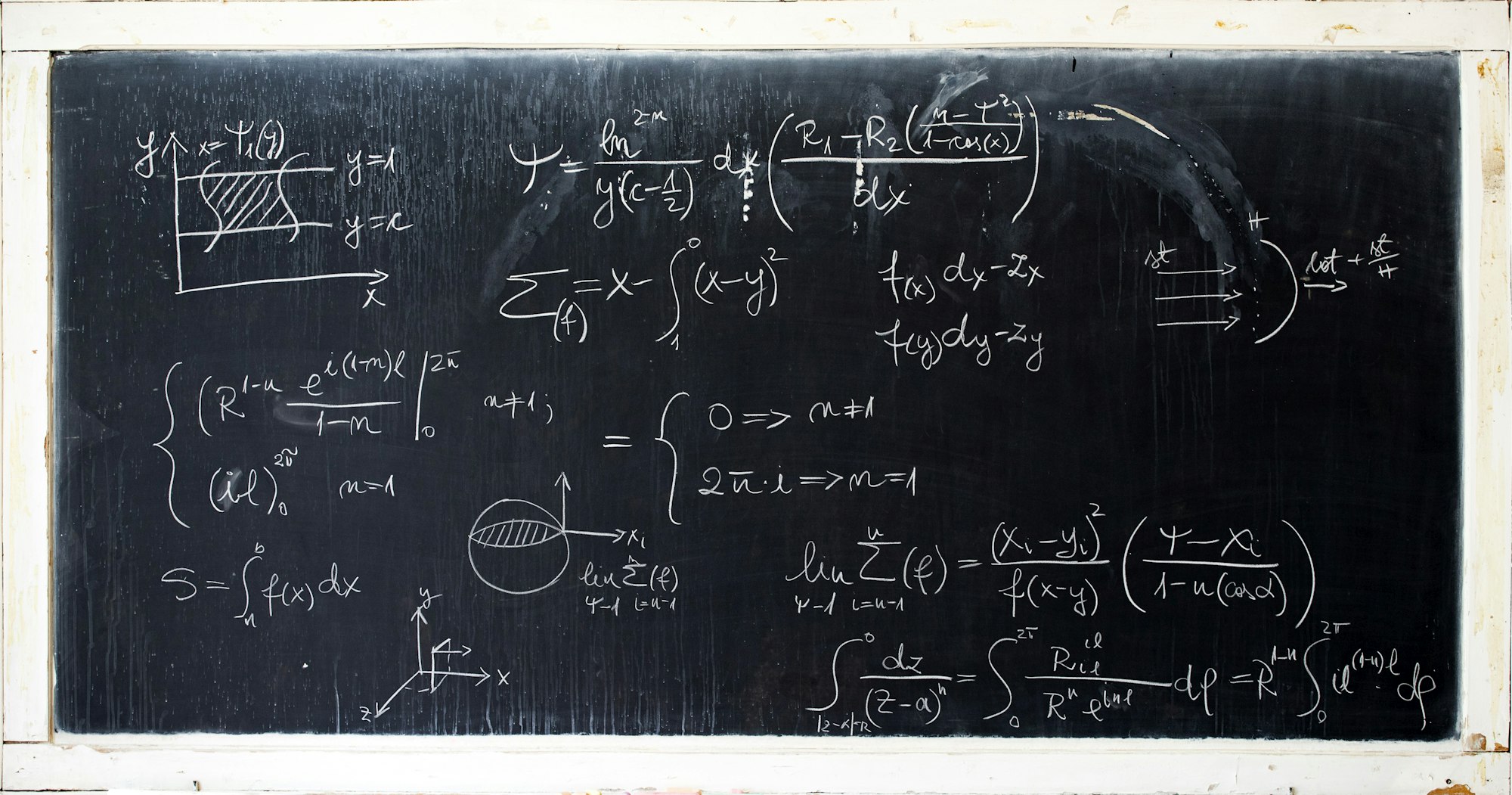Introduction
Artificial intelligence (AI) is advancing by leveraging concepts from various fields, including the groundbreaking mathematical theories of Alexander Grothendieck. These complex ideas are now powering innovations at major tech companies like Huawei, enhancing their AI capabilities.

Grothendieck’s Mathematical Innovations
Alexander Grothendieck is a legendary figure in mathematics, known for revolutionizing algebraic geometry. His work extends beyond this, influencing areas like number theory and topology. He introduced concepts like schemes, toposes, and stacks, which help us understand intricate mathematical structures. Today, these theories are helping computers and AI systems solve complex problems more efficiently.
Huawei’s Cutting-Edge AI Developments
Huawei is at the forefront of incorporating sophisticated mathematical theories into their AI technology. They use Grothendieck’s ideas to refine machine learning algorithms, secure data more effectively, and improve network functionality. These advanced mathematical frameworks enable Huawei to develop AI that is not only faster and more reliable but also capable of addressing large-scale and intricate challenges.
The Broader Impact on AI and Future Technologies
The integration of high-level math into AI technologies not only enhances current systems but also paves the way for new innovations. These advancements lead to more accurate weather predictions, improved medical diagnostics, and more robust security for digital communications.
Conclusion
Though rooted in abstract mathematics, the legacy of Alexander Grothendieck has profound implications for the technological landscape, particularly in AI advancements at Huawei. This intersection of math and technology showcases the practical applications of theoretical concepts, driving forward the capabilities of AI in exciting new ways.

FAQs about Grothendieck’s Math and AI Innovations at Huawei
1. How does Alexander Grothendieck’s mathematics influence modern AI?
Alexander Grothendieck’s contributions, particularly in algebraic geometry, have introduced powerful concepts like schemes, toposes, and stacks. These ideas help in structuring and understanding complex mathematical and spatial relationships, which are crucial for developing sophisticated AI algorithms. By applying these principles, AI can better analyze data, predict outcomes, and learn from patterns, enhancing everything from machine learning to data encryption.
2. What specific advancements has Huawei made using Grothendieck’s theories?
Huawei has integrated Grothendieck’s mathematical theories into several areas of AI development. These include refining machine learning algorithms for greater efficiency, enhancing data encryption for better security, and improving network reliability and processing capabilities. These advancements make Huawei’s AI technologies faster, more reliable, and capable of tackling more complex problems than ever before.
3. Why are Grothendieck’s abstract mathematical theories important for practical technology applications?
Grothendieck’s theories, while abstract, provide a deeper understanding of complex structures and relationships that can be mirrored in data analysis and problem-solving in technology. This deeper understanding allows for more precise modeling in AI, leading to innovations such as improved predictive analytics, more accurate diagnostic tools in healthcare, and stronger security protocols in digital communications. Essentially, his math helps translate complex real-world phenomena into understandable and manageable forms for computers to process.
Sources The Guardian


